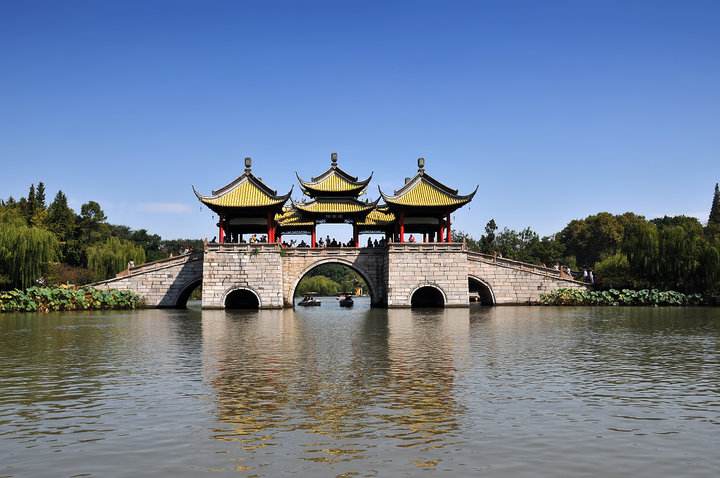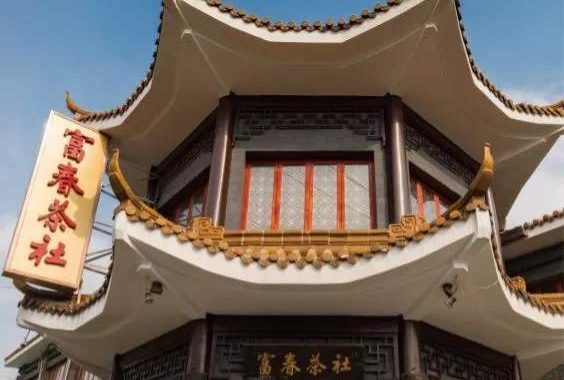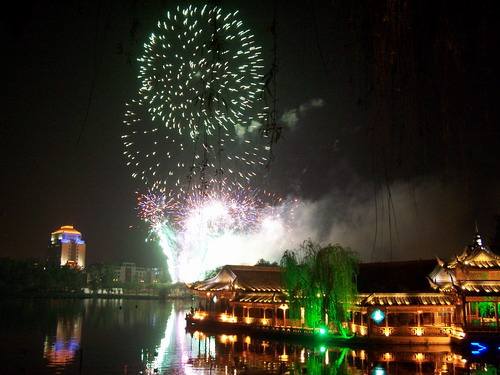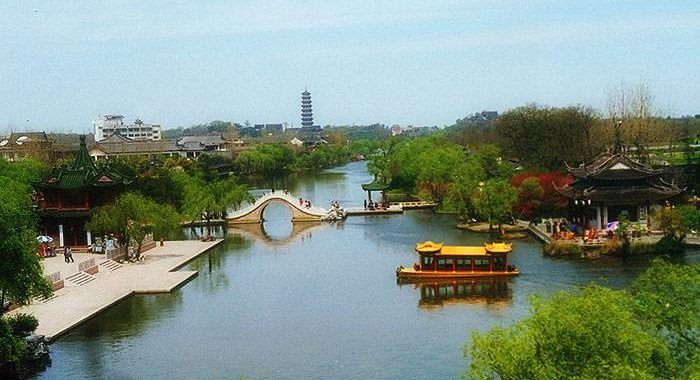Yangzhou, the City Lost in Time
3 min readAwash in monuments of its former glory, Yangzhou is a great place to escape the urban grind and lose yourself in the relics of its cosmopolitan paan past.

For a small Chinese city, Yangzhou boasts an abundance of historic sites. In the past, Yangzhou was one of southern China’s economic and culture centers. Located at the junctions of the Grand Canal(da yunhe) and the Yangtze and Huaihe rivers, its long history dates back to 500 BC.

It was these waterways, linking Yangzhou to China’s interior and major city centers,that helped Yangzhou develop into a prosperous city. During the Tang dynasty, Yangzhou was home to many foreign communities, including a large group of Persian traders. But it was the merchants and their monopolies during the Qing dynasty that allowed Yangzhou to truly flourish (It was amongst such settings that Yangzhou developed its rich storytelling traditioning hud), which frequently attracted the attention of the imperial court. In the wake of the imperial court flocked artists and their major patrons, mostly retired officials. The prosperity of the Tang dynasty gave scholars, painters, storytellers and poets the means to pursue their craft while the retiring officials, determined to live out enclosed gardens and patronized the arts Though not completely able to stand the test of time, many relics of its past glory days still dot this languid city in Jiangsu Province. Its ancient, born of artists defying the painting conventions of their time, can still be felt while exploring the canals, tree-lined streets and arching bridges, which create charming scenes.

If hordes of visitors from Nanjing and other surrounding cities make the major sites feel overrun, Yangzhou is well situated for a lazy amble. In the north and northwest parts of the city are numerous gardens and temples. While smaller than the major sites they, provide a sense of the atmosphere and culture that made Yangzhou great.
Ge Garden(ge yuan), classic Chinese rock and water composition, is filled with curiously styled pavis ideal for a midday picnic. Its landscaped rocks are meant to suggest the four seasons and can be sensed with a sprinkling of imaginatior. From here it’s short walk to the Yangzhou City Museum(yangzhou bowuguan), which has corporated a series of assorted old pavilions into its charming grounds. One of China’s better provincial museums, it includes a 1, 000-year-old wooden boat recovered from the Grand Canal. Even older is its centerpiece a Han dynasty funeral suit made from 500 piecs of jade.

Right around the corner stands the Shi Kefa Memorial(shigong ci史公祠), temple devoted to the memory of local hero Shi Kefa. Toward the end of the Ming dynasty, he gave raised this memorial to him in honor of his courage though it may as well havappose his life fighting against the encroaching Qing armies. The victorious Qing save been to ina’ Moving towards the city center, students of China’s Islamic past will be happy to find the Crane Mosque (xianhe si), the main surviving testament to the presence of save for one wall covered entirely with Arabic script, it’s a classic example of Islamic architecture in China. In a similar vein is the Garden Tomb of Puhaddin (puhading muyuan), dedicated to descendant of the prophet Muhammad who came to China in the 13th century. He spent ten years in Yangzhou and made the city his adopted home, insisting on being buried within its walls. An adjacent hall contains paintings and artifacts depicting his life.angzhou’s southern half has its own share of attractions. A true diamond in the rough is the He Garden(he yuan). Built in the nineteenth century, this garden in miniature ingeniously employs trees, shrubs, and a raised walkway to give a sense of variety and depth. It’s an ideal place for a sunny morning or sunset frolic. Several charming teahouses provide parched visitors with refreshment and ambiance.

A bit of hike out of town but no less interesting is the Wenfeng Pagoda (wenfeng ta). Built in1582, this large,sevn- story pagoda is where Jian Zhen departed for Japan. Today it’s more likely to be employed as a vista for viewing the intense activity on Yangzhou’s canals and wharve.



